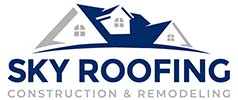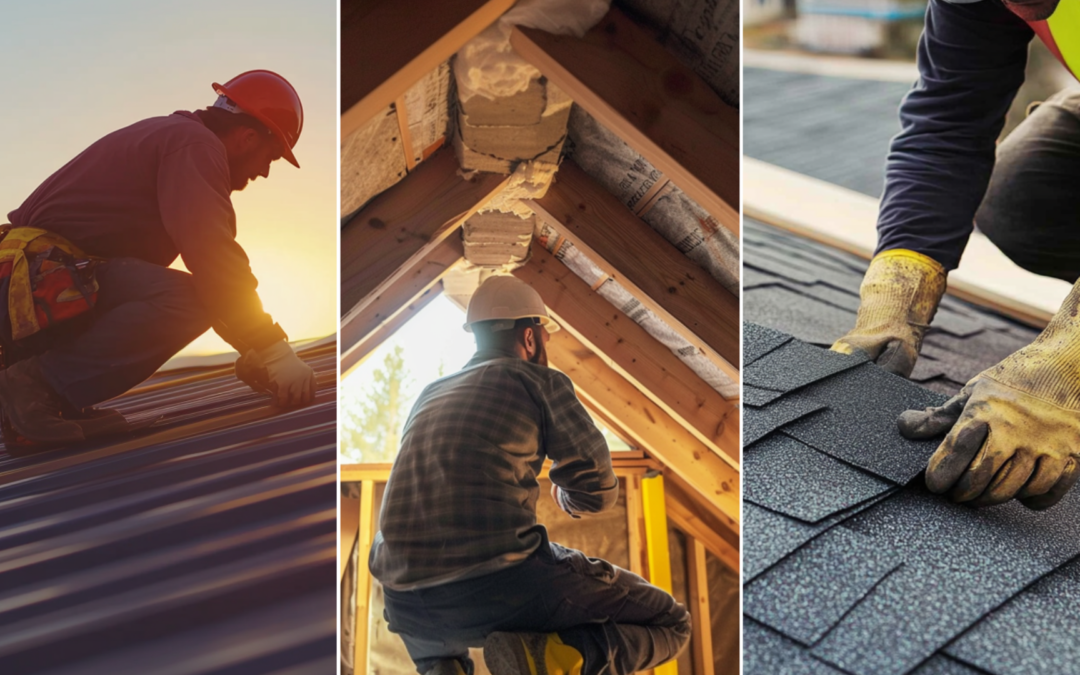Understanding the Importance of Proper Roof Installation
Poor installation of roofs can lead to a wide range of issues that compromise the structure’s integrity and performance. Improperly installed roofs are more prone to leaks, inadequate ventilation, and faster wear and tear, ultimately shortening the roof’s lifespan. This can result in costly repairs, water damage, and even structural issues within the home. Ensuring that a roof is installed by qualified professionals with attention to detail is essential for avoiding these problems and maximizing the roof’s roof’s durability and effectiveness.
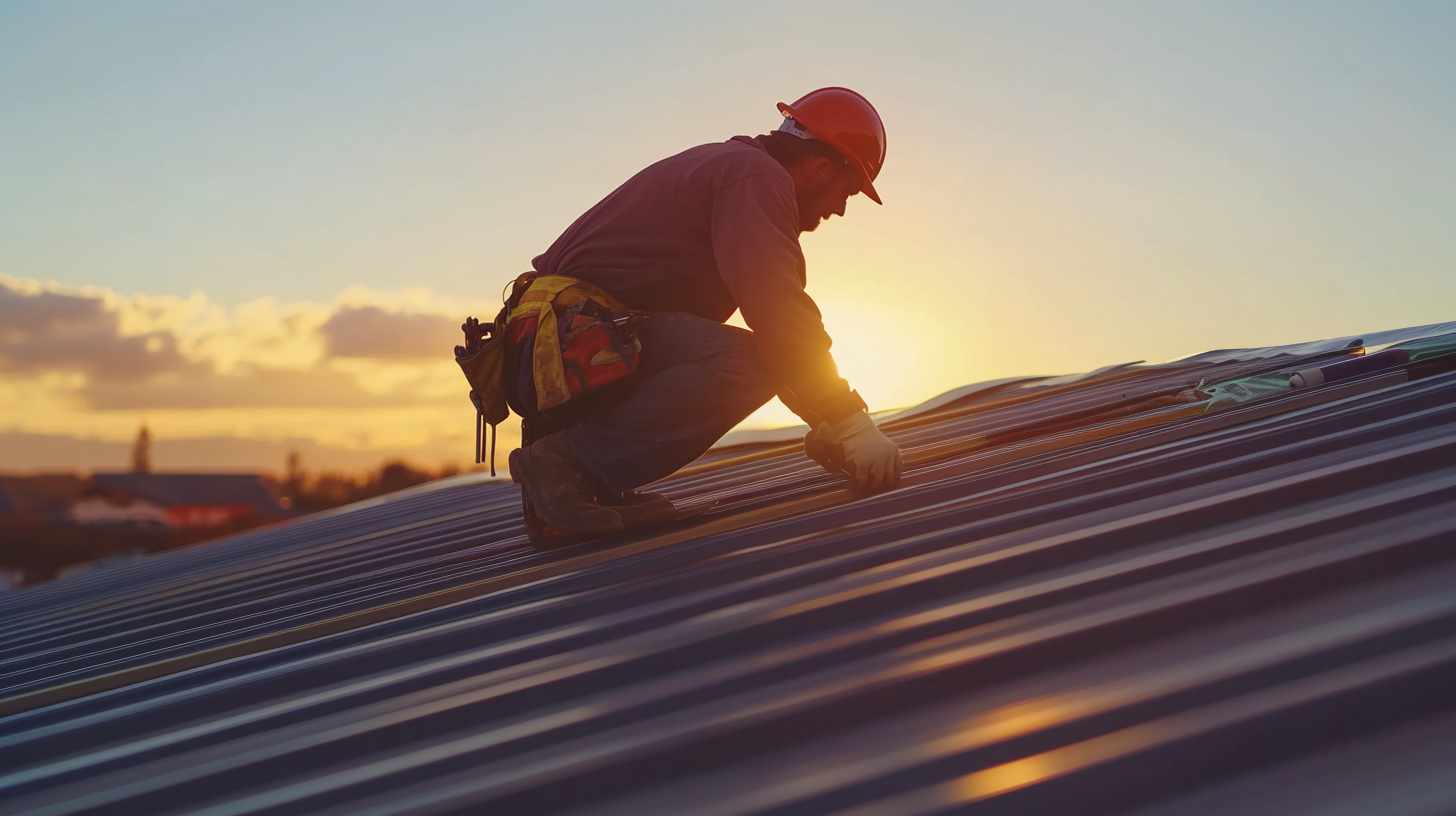
Poor Installation - Introduction - Sky Roofing Construction & Remodeling
Introduction to Poor Installation of Roofing Systems
Regarding roofing systems, the term “poor installation” may raise eyebrows, but it can highlight some unexpected insights into the roof replacement process. While typically associated with adverse outcomes, exploring poor installation sheds light on crucial lessons that can help homeowners and contractors avoid common pitfalls. Understanding the nuances of improper techniques, especially in weather conditions, can illuminate the importance of adhering to industry standards and best practices. Furthermore, recognizing the potential risks and consequences of poor installation during roof replacement can be a valuable tool for enhancing overall construction quality. By examining the advantages of awareness of these shortcomings, individuals can better appreciate the significance of skilled craftsmanship and informed decision-making in the roofing industry.
Consequences of Poor Installation
Poor installation of roofing and gutters can lead to significant consequences that pose safety hazards, decrease energy efficiency, and cause structural damage. For instance, an inadequate gutter slope can accumulate water, creating conditions ripe for foundation problems, such as cracking or settling. Improper installation of roofs, often by unqualified roofing contractors, can fail to provide adequate protection against the elements, leading to leaks, compromising the structure’s integrity, and increasing the risk of pest infestations and potential fire hazards. Additionally, improper installation may overlook proper ventilation, further exacerbating these issues by trapping moisture and contributing to mold growth.
Moreover, water pooling due to faulty installation can lead to mold growth and higher energy costs as heating and cooling systems struggle to maintain comfortable indoor temperatures. To mitigate these serious risks, it’s crucial to ensure a proper gutter slope, maintain an appropriate distance between the gutter and the roof, and guarantee adequate ventilation. Ultimately, the long-term repercussions of poor installation can far outweigh any short-term savings, underlining the necessity of professional quality in roofing and gutter systems.
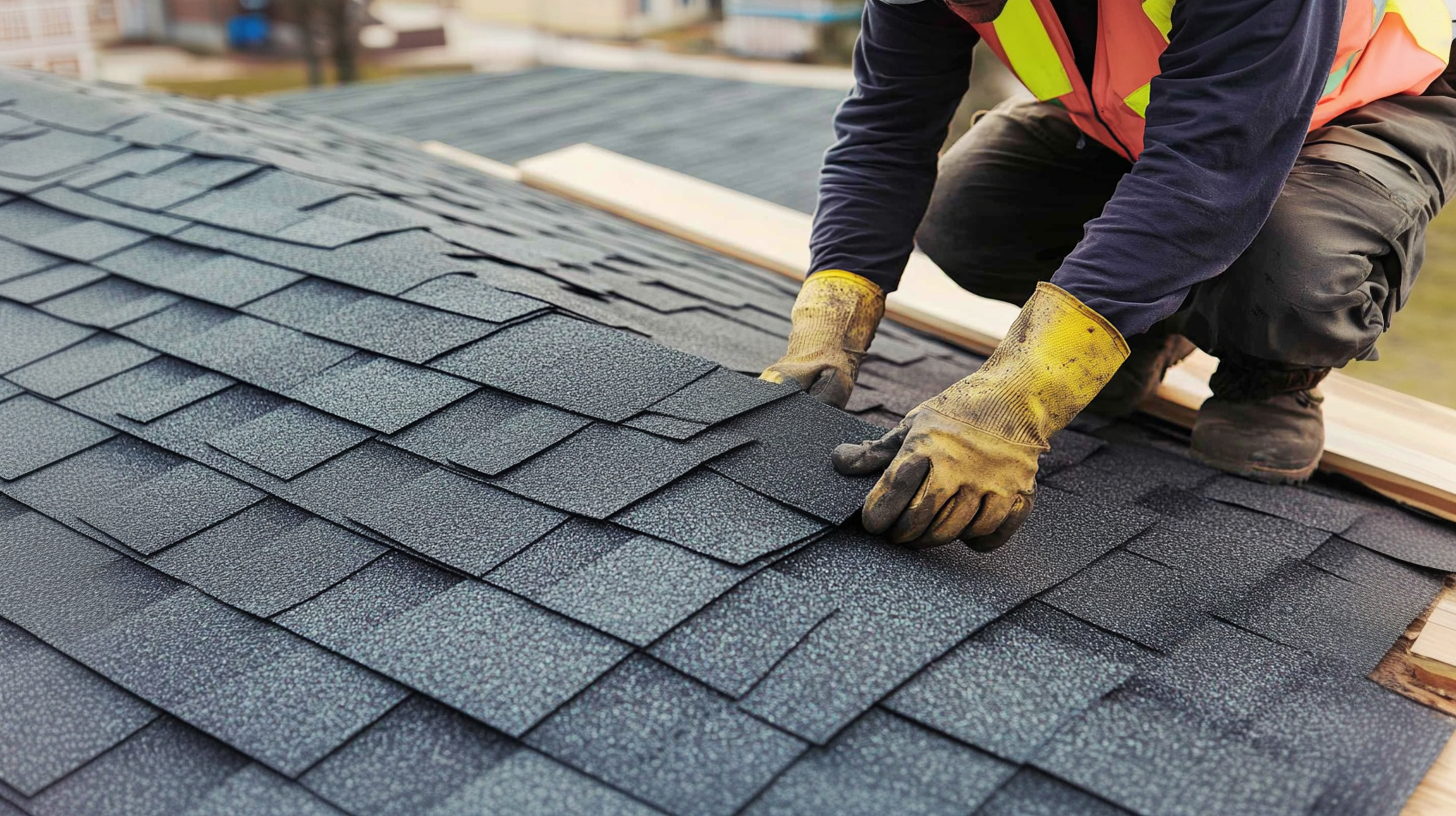
Poor Installation - Common - Sky Roofing Construction & Remodeling
Common Signs of Poor Roof Installation
Regarding roofing, the installation process is critical to ensuring longevity and durability. Unfortunately, lousy roof installation can lead to various potential issues compromising the roof’s integrity. For example, mismatched shingles or improperly installed asphalt shingles may affect not only the appearance of the roof but also its performance in protecting against the elements. Additionally, failing to install a proper water protector can increase the risk of leaks and water damage over time. Recognizing these common signs of subpar work is essential for homeowners who want to protect their investments. Understanding these indicators helps identify potential problems early on and can guide homeowners in making informed decisions about repairs or replacements.
Visible Indicators on the Roof Surface
Visible indicators of poor installation on a roof surface can include shingle discrepancies, such as missing or misaligned shingles, improper shingle course alignment, or inconsistent shingle patterns, which compromise overall roof integrity. A quick visual check can reveal these issues and signs of leaks, often evident through dark stains on interior and exterior surfaces. These visual patterns not only detract from the aesthetic appeal of the roofing but also pose significant risks to the structure beneath, potentially leading to costly repairs if left unaddressed.
Common mistakes, such as misaligned shingles or poor shingle course alignment, can significantly shorten the roof’s lifespan. It’s crucial to promptly evaluate and rectify these visible indicators with the help of an experienced professional, as failure to do so can lead to further deterioration and more extensive damage over time. By being vigilant about identifying shingle discrepancies, visual patterns, and signs of leaks, property owners can ensure the longevity and resilience of their roofing system, ultimately safeguarding their investment and maintaining the integrity of their home.
Interior Signs of Water Damage
Interior signs of water damage can be quite telling, especially when identifying underlying roofing problems. One of the most significant indicators is the presence of water stains on ceilings and walls, which often appear as discolored patches expanding over time. Additionally, leaks during or after rainfall are critical symptoms of water infiltration that warrant immediate attention. These issues frequently stem from poor artistry during roofing installation, which can compromise the necessary layer of protection that shields the structure from moisture. Improper installation violates building code standards and allows unwanted moisture to infiltrate and weaken the structure of a building. Water damage can lead to mold growth, creating further health risks and costly repairs if addressed. Recognizing these signs early is essential not only to maintain the integrity of your home but also to prevent long-term consequences associated with neglected roofing issues.
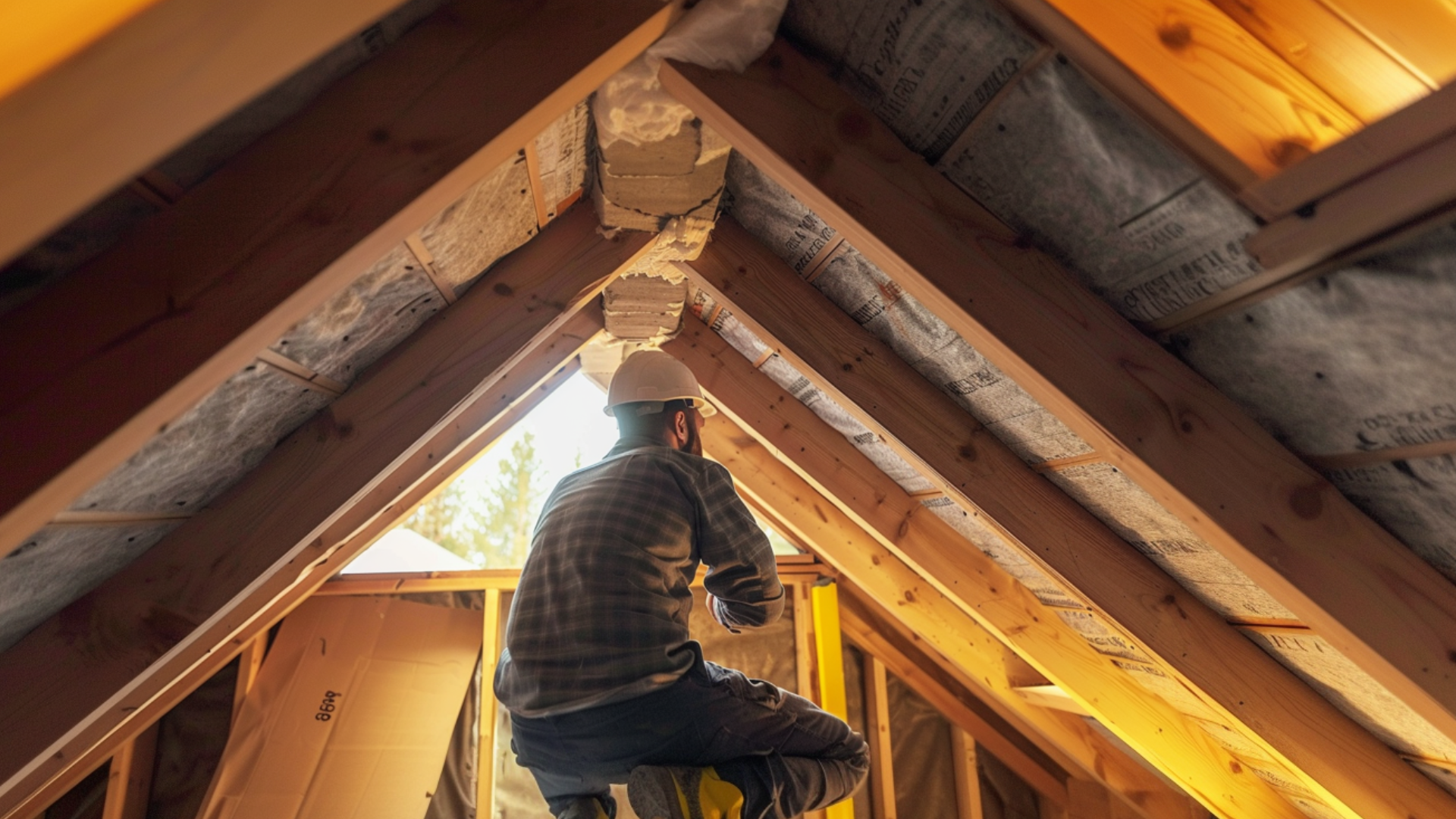
Poor Installation - Attic Ventilation Issues - Sky Roofing Construction & Remodeling
Attic Ventilation Issues
Poor attic ventilation can lead to significant issues in roofing performance and overall indoor air quality. Common signs of inadequate ventilation in the attic space include excessive heat buildup, moisture accumulation, and the formation of ice dams, all of which can accelerate roof deterioration. Excessive heat can compromise roofing materials significantly if the roofing underlayment is affected, while moisture accumulation fosters an environment conducive to mold growth, further impairing indoor air quality. Ice dams can form when warm air escapes from the attic space, causing melting snow to refreeze at the roof’s edge or vertical wall, leading to water damage.
Improper application of roofing cement or misaligned courses of shingles can exacerbate these problems by preventing proper drainage. To mitigate these risks, homeowners should ensure proper airflow by utilizing ridge vents and soffits that facilitate adequate attic ventilation. A thorough visual inspection conducted by quality roofing contractors can identify these ventilation and installation concerns, ensuring that the roof remains protected and the indoor climate stays healthy.
Types of Poor Installations in Roofing
Regarding residential roofing, the term “poor installation” may evoke concern, but it also highlights a range of unexpected outcomes and experiences that can arise from such practices. Understanding the different types of poor installation in roofing services sheds light on potential pitfalls and offers insights into the complexities involved in roofing projects. From inadequate sealing techniques to the improper use of roofing nails or subpar material application, these variations in installation quality can lead to many issues affecting the entire roof.
Poor quality in these areas can jeopardize the roof’s longevity and lead to costly repairs. However, recognizing these flaws can empower homeowners to make more informed decisions, whether reviewing roofing contracts or ensuring a quality roof installation. By exploring the different manifestations of poor roofing installations, readers can gain a deeper appreciation for the importance of quality craft, ultimately leading to improved outcomes in their construction and roofing endeavors.
Improper Shingle Placement
Improper shingle placement can severely impact the longevity and performance of your roof. Proper shingle alignment, correct spacing, and avoiding improper nailing are essential in preventing moisture damage and ensuring adequate protection against the elements. When roof shingles are not aligned correctly or placed randomly by inexperienced roofers, it can lead to leaks, deterioration, and increased wear, ultimately resulting in costly roof repair. Misaligned shingles can also create aesthetic issues and vulnerable points that allow water to seep beneath the shingle layer, compromising the waterproof coating and causing further damage to the underlying structure.
In addition, installation errors can leave the roof exposed to inclement weather, further accelerating wear and tear. To avoid these significant problems, it is crucial to hire a professional roofer who prioritizes proper installation techniques and addresses any misalignment issues promptly. Ensuring that shingles are placed correctly not only enhances the roof’s roof’s durability but also guarantees ongoing protection for your home.
Inadequate Flashing and Sealant Application
Inadequate flashing and sealant application are critical in preventing water damage, as improperly installed or missing flashing can disrupt the natural flow of water and lead to significant roof leaks around joints. Common installation mistakes, such as insufficient flashing overlap or poor sealing around roof projections like chimneys, vents, and skylights, can easily be observed as unmistakable signs of poor artistry but are often overlooked. These oversights create vulnerabilities in the roof structure, allowing moisture to bypass the water barrier and infiltrate, causing extensive damage over time. For example, improper installation of counter flashing on a sloping roof can divert water directly into these weak points. If these issues are not addressed promptly, the long-term implications may involve costly repairs, compromised structural integrity, and mold growth, leading to health concerns and further expenses. Homeowners must recognize these potential pitfalls in roofing installation to safeguard their property and ensure a durable, leak-free roof.
The Risks of Poor Installation: Protect Your Home with Quality Roofing
Poor installation can devastate your roof’s integrity, leading to costly repairs and safety hazards. Ensure your roof stands the test of time and protects your home effectively. It’s essential to work with skilled professionals who prioritize quality craftsmanship. Sky Roofing Construction & Remodeling (https://skyroofingconstructiontx.com) is dedicated to providing exceptional roofing installations that meet the highest standards. Don’t hesitate to contact us at (210) 942-9797 to schedule your quality roofing installation and safeguard your investment today!
Tasha Davis is a knowledgeable contributor to Sky Roofing Construction & Remodeling, with a specialty in roofing project management and customer service excellence. Tasha’s experience in overseeing large-scale roofing projects ensures that her writing is both practical and customer-focused, providing homeowners with tips on navigating the roofing process smoothly and ensuring their satisfaction from start to finish.
